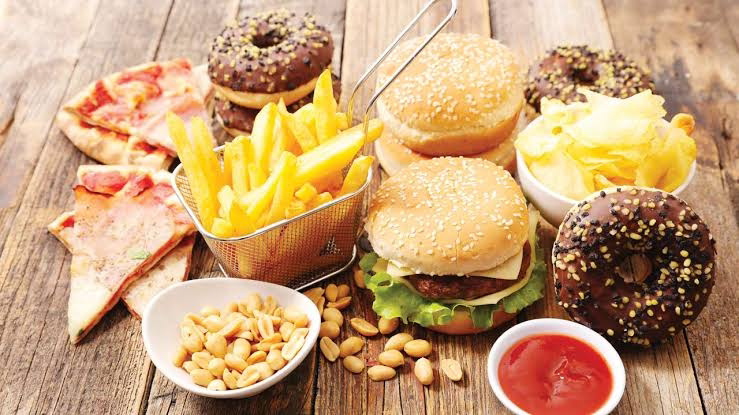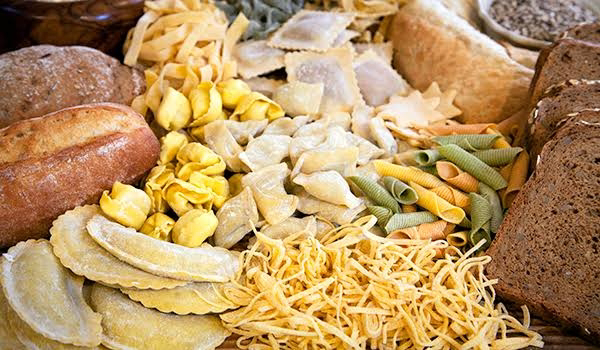Fats
Dietary fats are a type of nutrient found in food that provides our body with energy. Fats are one of the two essential macronutrients (besides proteins) which is needed for hormone production and absorption of fat - soluble vitamins. Fats are made up of fatty acids (carbon, hydrogen, & oxygen). They can either be solid or liquid in nature at room temperature. 1 gram of fat gives 9 calories of energy to our body through the diet.
Fats are of two kinds -
- Visible fats: Includes butter, ghee, vanaspati, and various edible oils like groundnut oil.
- Invisible oil: Includes cereals, pulses, oil seeds, nuts, milk, egg, and meat.
Functions of Fats
- Source of energy
- carrier of fat soluble vitamins A,D,E & K
- Helps in reserving energy
- Absorption of fat soluble vitamins
- Regulate bodily functions
- Work as an insulator (like subcutaneous fat)
- Helps in protecting vital organs like heart, kidney, etc.
- Increases palatability and satiety value of the food
Classification of fats
Saturated Fats: These are considered as "bad" fats as they can cause heart and many other problems if consumed too much through the diet. So, we should focus on eating healthy sources of saturated fats such as A2 butter, dairy and grass fed meats, coconut products, etc.
Unsaturated Fats: These are rigid and tend to stack together, preventing them from packing too closely. they tend to be liquid at room temperature. They are further divided into 2 parts -
- Monounsaturated Fats -> olive oil, avocado, nuts & seeds, mustard oil, peanut oil and canola oil.
- Polyunsaturated fats -> fish oil, walnuts, flax oil, sesame seed oil, safflower, sunflower oil, corn and soy oil.
Trans Fats: They are made by infusing vegetable oil with hydrogen. These fats are not essential for our health as they could raise the problems like heart diseases even if they are consumed in relatively smaller amounts. So, we should try not to consume them, especially in bigger amounts. It's sources are hydrogenated oils, junk & processed foods, fried foods, cakes, cookies, pizzas, etc.
Nutritional classification of Fatty Acids
The building blocks of fat in our bodies and food are called fatty acids. The body converts lipids into fatty acids during digestion so that the blood can absorb them. They are of 2 kinds:
- Saturated fatty acids -> It includes Medium chain Triglyceride
- Unsaturated fatty acids -> It includes MUFA & PUFA. PUFA is further divides into 2 types - Omega 3 and Omega 6












Comments
Post a Comment